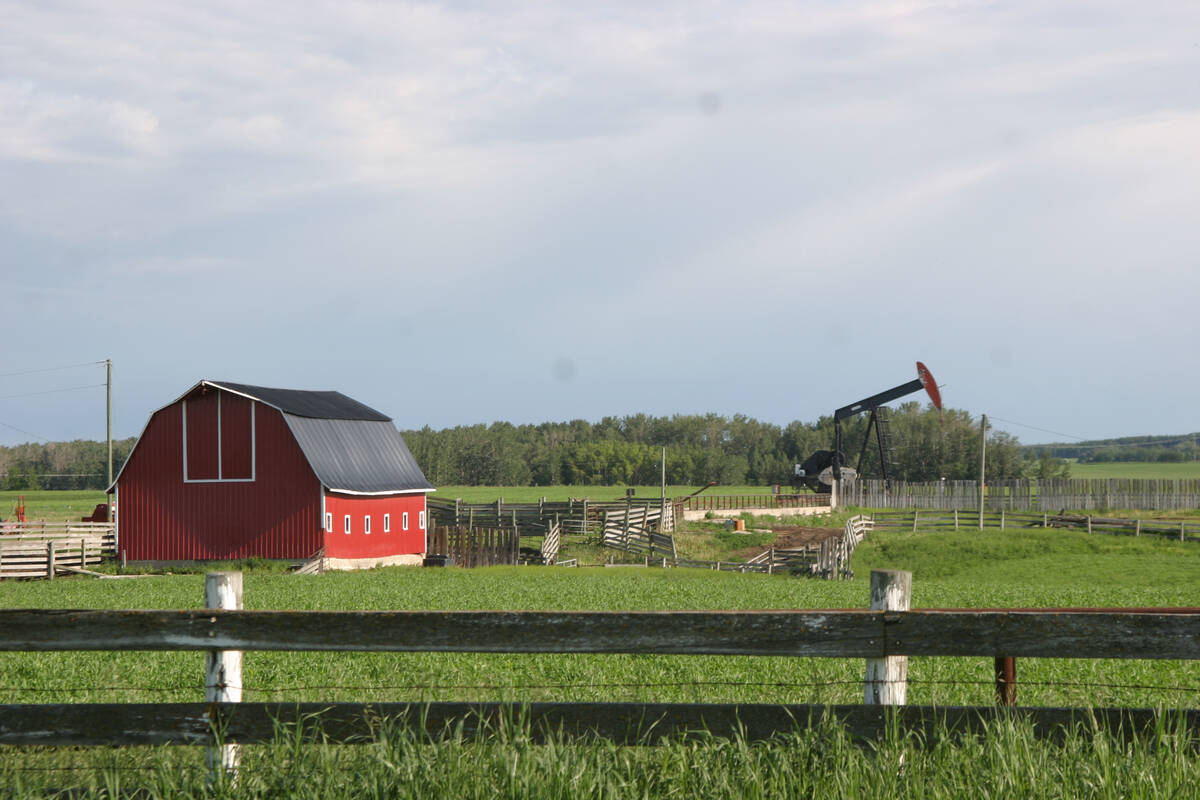While Alberta’s fall surveillance program for chronic wasting disease (CWD) in wild deer has turned up fewer cases than last year’s, deer with the disease were found further south and west than previously detected.
Hunters have submitted more than 4,800 wild deer heads for testing since Sept. 1, 2009, the province said in a release. Of the 12 new cases of CWD identified, 10 were detected near past positive cases.
One new case, however, was detected south of Highway 1, 25 kilometres south of Medicine Hat. Another case was found just east of Highway 884 along the Red Deer River.
Read Also

Recommendations in the mature assets strategy could cause potential problems for landholders
The Western Stock Growers’ Association urges producers to pay attention to the potential changes to Alberta’s Mature Assets Strategy.
The 12 new cases, along with an emaciated deer found in June, bring the total to 13 new cases of CWD found in 2009, down from 25 in 2008. Since the first case of CWD was found in the province in 2005, there have been 74 cases in Alberta’s wild deer.
Eleven of the 12 new positive cases from the fall program were mule deer and nine of the hunter-killed cases were adult males, including an adult male white-tailed deer, the province said.
Current strategies for monitoring the spread of CWD include “maximizing the harvest” of deer in risk areas and continuing the testing program. The province has run ongoing surveillance in elk and wild deer since 1996.
The province’s surveillance program includes testing roadkill and any wild deer that may show CWD symptoms, such as loss of co-ordination, weight loss, excessive salivating and isolation from other deer.
According to Saskatchewan’s environment ministry, CWD was unintentionally introduced into farmed elk population taken from South Dakota and has since been introduced to Saskatchewan, Alberta and Korea. The economics of trade in live elk and their products, such as antler velvet, has been affected as a result.














